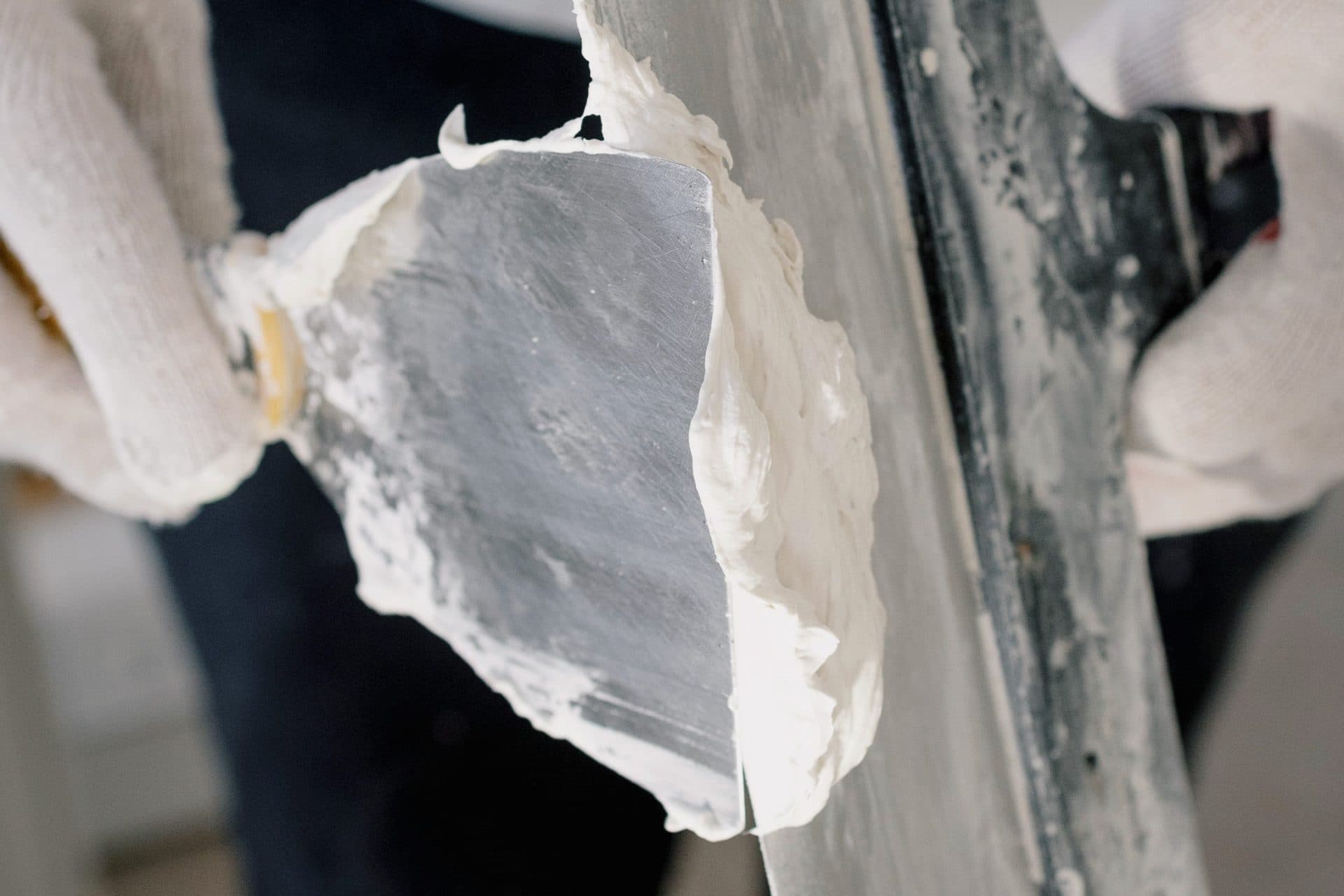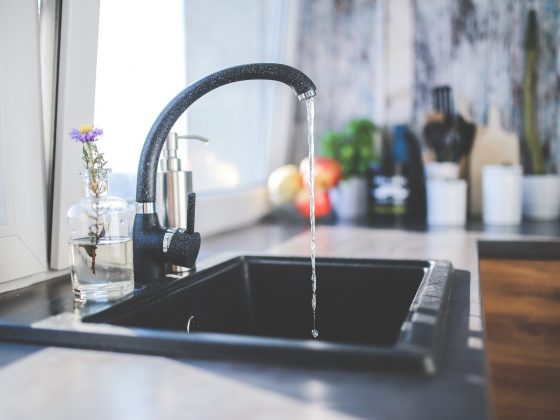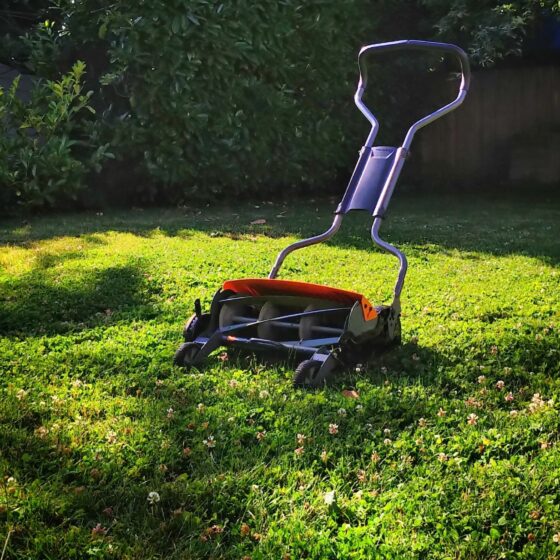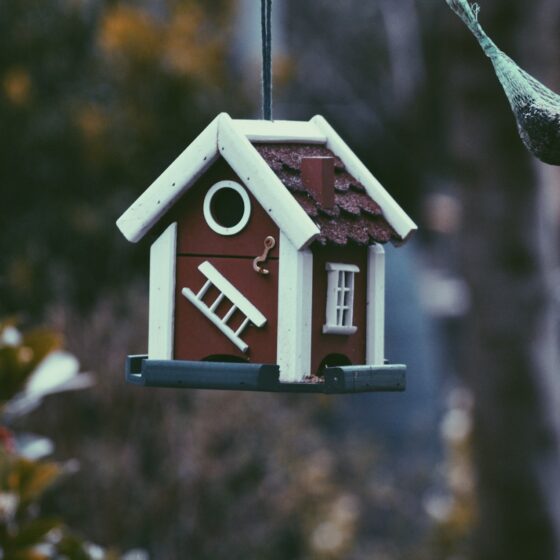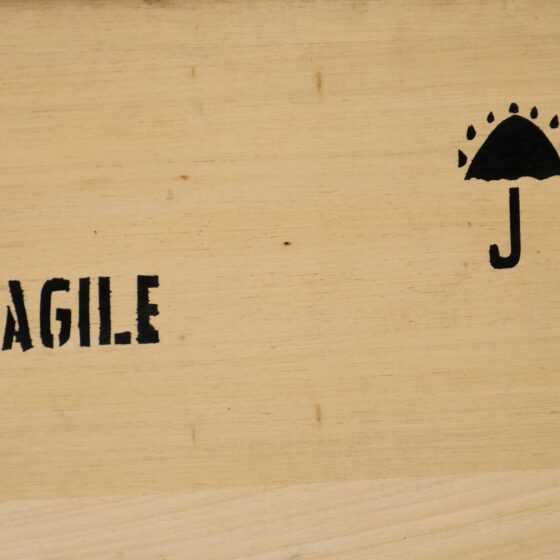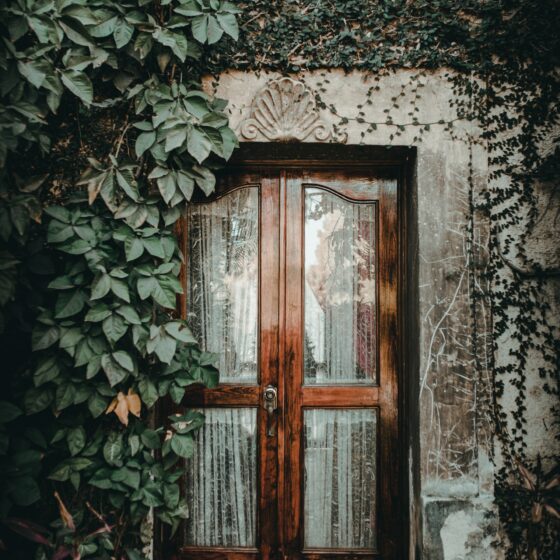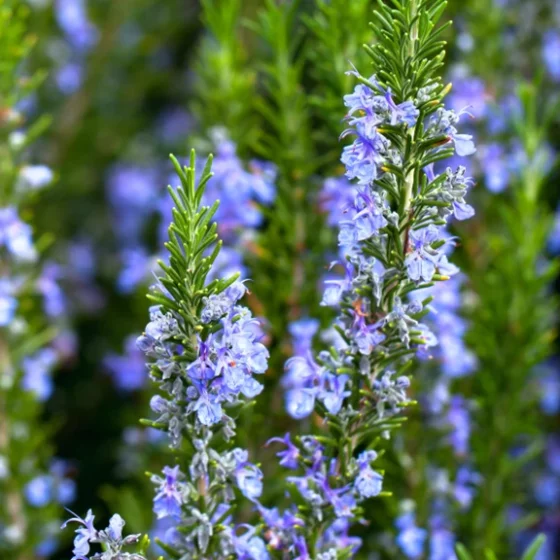If you’re starting a DIY project at home, you’ll want to make sure you choose the right tools, techniques, and approach. One question people often have is whether they should use joint or spackle compound because they’re not familiar with the main differences.
This spackle vs joint compound guide should help you find out everything you need to know.
What Is Joint Compound?
It’s mainly made up of limestone and gypsum, but also contains other materials like starch, perlite, mica, and clay.
Generally, it’s used for repairs done in heavy wall projects or for installing new drywall. You can also use joint compound for smoothing out wall divots or fixing small holes.
If you’re googling project ideas, you might see this specific compound mentioned under a couple of other names, such as mud or drywall mud.
The reason lies in its consistency, which makes the material spreadable and likened to mud. Nevertheless, the consistency does depend on the sort of drywall joint compound you’re using.
Types of Drywall Joint Compound
There are four different types of this material:
- Quick setting—It dries faster compared to other compounds. It’s great for patching wide holes and deep cracks.
- Taping—This type is meant to be spread over drywall tape, setting the seam between the drywall.
- Topping—This is used for the finishing coat, and is usually applied over two dried coats of taping compound.
- All-purpose—As the name indicates, this material can be used in every phase of the patching process.
What Is Spackling Paste?
Spackle is a combination of binders and gypsum powder. The consistency is fairly thick so it has a paste-like feel, especially when compared to joint compound.
It dries more quickly than joint compound as well, usually within just 30 minutes. You can use it to fill in nail holes, dents, dings, and any other small damaged areas on your walls.
You can purchase spackle in a premixed tub container.
Types of Spackling Compound
There are several kinds of spackle you can buy:
- Epoxy—This is an oil-based filler used for repairing cracks, gouges, holes, or other imperfections in wood.
- Acrylic—This type is a flexible solution and can be applied to plaster, wood, brick, stone, or drywall.
- Vinyl—You can use vinyl spackle for filling in cracks and holes up to ¾-inch deep. You apply it in layers, but you have to let the previous layer dry completely before applying the next one. As it contains vinyl, this kind of spackling is not going to crumble or dry out, and it can be sanded fairly easily, too.
- All-purpose—Like joint compound, this type of spackle is gypsum-based, and it’s meant for repairing bigger cracks, gouges, and holes in drywall.
- Lightweight—This contains fine aggregate that has an adhesive and sodium silicate. It’s designed for the purpose of repairing cracks, holes, and smaller dings. It’s only meant for small, quick fixes, and it doesn’t sand very well.
Similarities Between Wall Joint Compound and Spackle
The main similarities between the two types of material are the following:
- Both compounds contain gypsum.
- You can use them for repairing cracks and damage in drywall.
Differences Between Joint Compound vs Spackle
This is an aspect you should definitely research more before deciding which type you’ll need exactly for the kind of DIY project you’re starting. For instance:
- Joint compound contains limestone and gypsum, whereas spackle contains binding agents and gypsum.
- Spackle is easy to use, while joint compound can be challenging to smooth out.
- Spackle doesn’t shrink much, as opposed to joint compound.
- The consistency of joint compound is thinner.
- You can purchase joint compound in larger quantities, unlike spackle.
- Spackle is intended for small wall repairs, while joint compound is used in large scale wall projects.
Conclusion
As you can see, with these materials, it’s not a case of one always being better than the other, but simply about figuring out which is going to be more suitable for your specific project. So whether you’re planning to repair your living room or kitchen walls, we hope that the tips and suggestions we’ve shared above will help with this.
FAQ
Should I use spackling or joint compound?
If you’re fixing a large crack or hole, joint compound is the best choice. The same applies if you want to cover the seams between two pieces of drywall. However, if it’s a smaller job, for example, if you want to cover a minor blemish like a nail hole, choose spackle instead.
Will joint compound work as spackle?
If necessary, you can use joint compound instead of spackle, however, vice-versa isn’t possible. Remember that they’ve both been designed for two different purposes.
If you only have a very small hole that needs to be filled, it makes sense to use spackle. If you do use joint compound instead of spackle, it’s going to take longer to dry.
Can I use spackle to repair drywall?
Yes, you can, though it’s usually more suitable for minor repairs. If you need to fill in or fix larger holes or cracks, it’s much better to use drywall mud instead. It’s also sold in larger quantities compared to spackle.
We recommend you take a look at our spackle vs joint compound guide above, specifically dedicated to explaining the purposes of both kinds of compounds.

